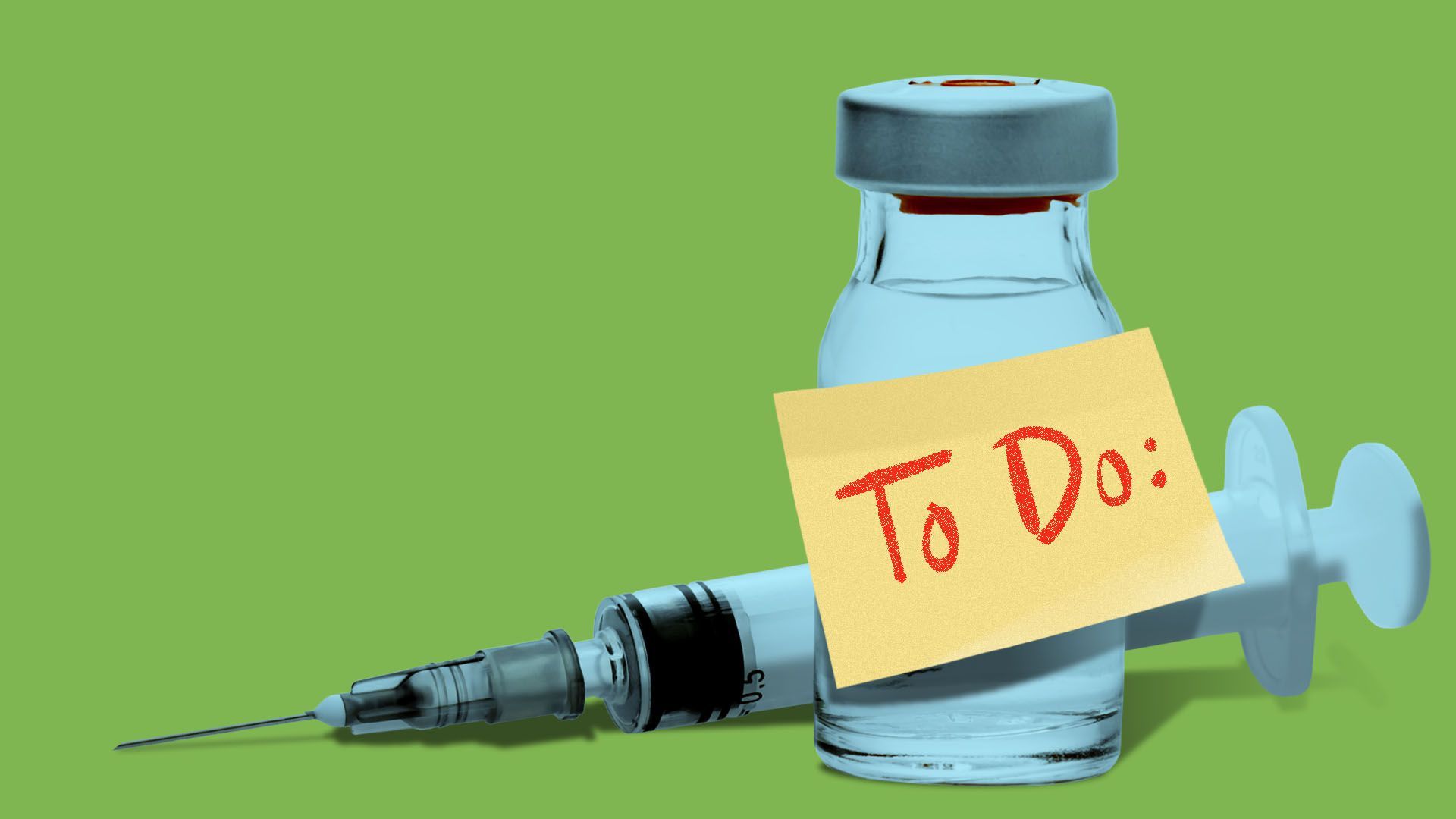Updated 7 hours ago – News

Illustration: Sarah Grillo/Axios
The country’s largest measles outbreak is happening in Central Ohio — with no signs of slowing down.
- Of the 117 nationwide cases reported as of Dec. 22, 70% were in Franklin County.
Why it matters: Until this outbreak, our area hadn’t confirmed a measles case in 20 years.
- The highly contagious respiratory disease was declared eliminated in the U.S. in 2000, but dipping vaccine rates during the pandemic have revived it among unvaccinated pockets.
Threat level: The CDC and WHO said last month that measles is “an imminent threat in every region of the world,” Axios’ Jacob Knuston reports.
- Symptoms include a high fever, cough, runny nose and watery eyes, with a signature rash appearing three to five days later.
- Serious complications such as pneumonia and encephalitis are possible.
By the numbers: Of the 82 local cases confirmed as of Thursday, none were fully vaccinated and 39% were hospitalized.
- All are kids younger than 18.
- 28% are under 1 year old, meaning they’re too young to be vaccinated and were relying on herd immunity for protection.
State of play: Measles likely arrived in Columbus after four unvaccinated travelers separately went to measles-endemic countries from June to October, Columbus Public Health commissioner Mysheika Roberts tells Axios.
- The CDC was here for the two weeks after Thanksgiving and is offering support.
Of note: The two-dose measles vaccine is 97% effective.
- The challenge is reaching the small number of Central Ohioans spreading the virus by not vaccinating their children.
What they’re saying: “It’s very frustrating, knowing that it’s preventable with a vaccine — a safe, effective, accessible vaccine,” Roberts says.
- The health department is ready to administer shots, but only half a dozen parents have brought kids in since the outbreak started this fall.
What we’re watching: Measles is easily spread in public places and symptoms can develop up to 21 days after exposure.
- An outbreak isn’t declared over until 42 days after the last infected person develops a rash — meaning it could be months before this is considered under control locally.
This story has been updated to reflect the most recent case numbers.
More Columbus stories
No stories could be found








